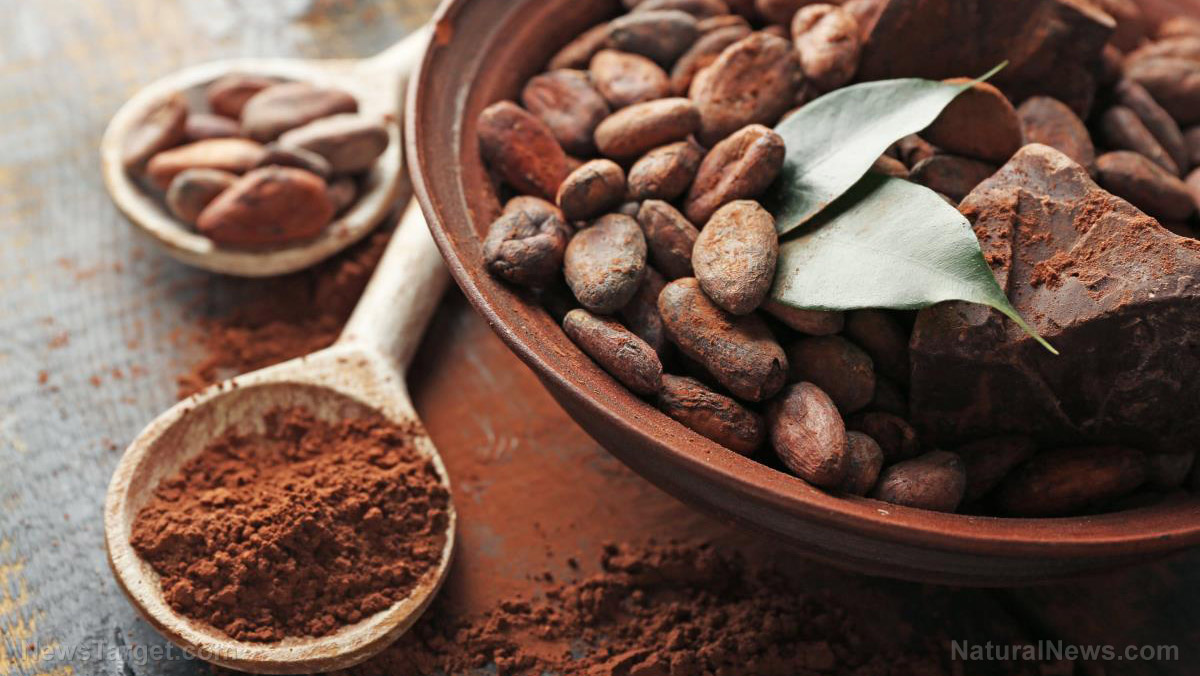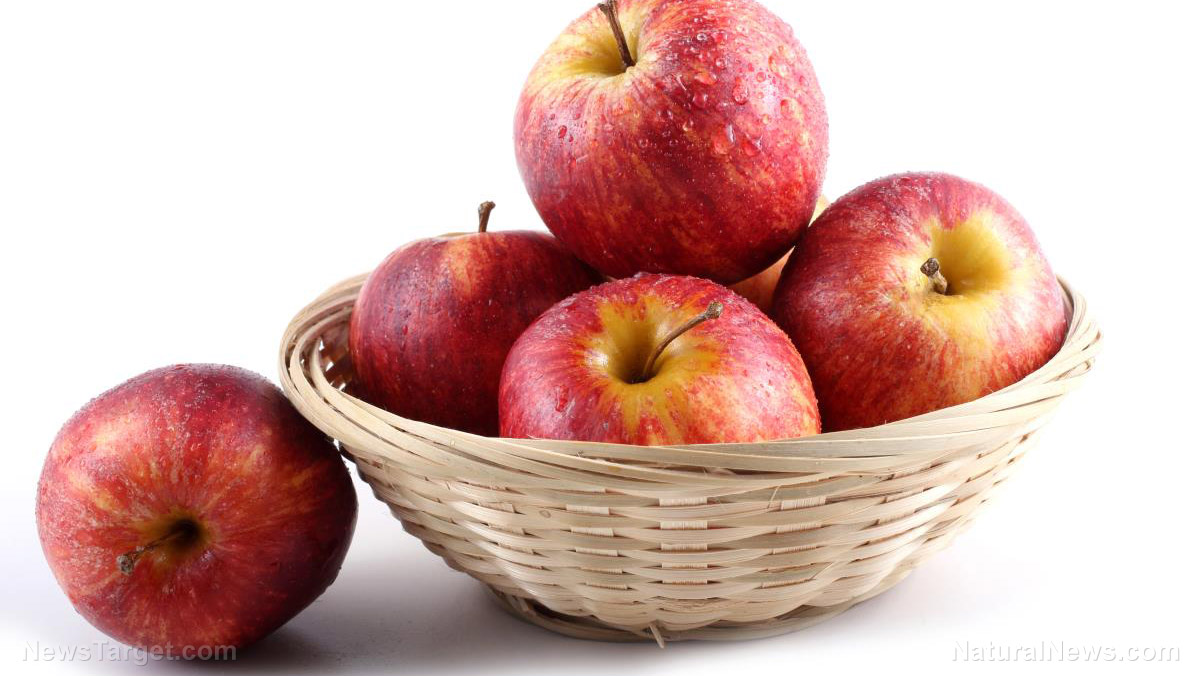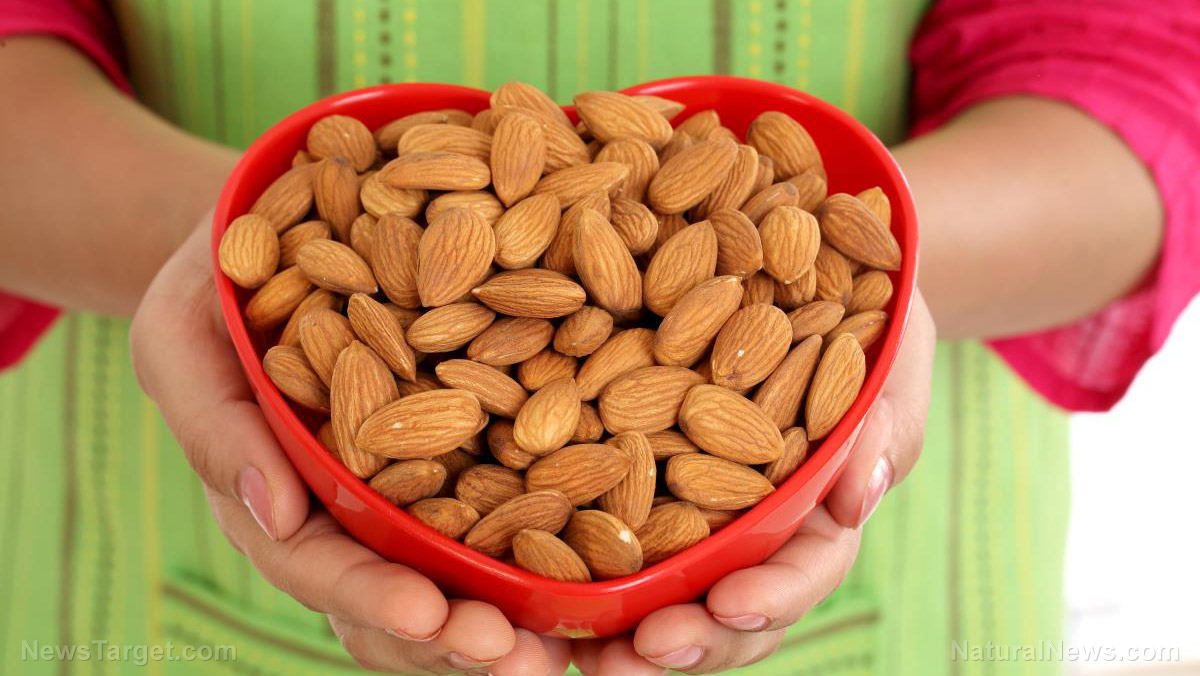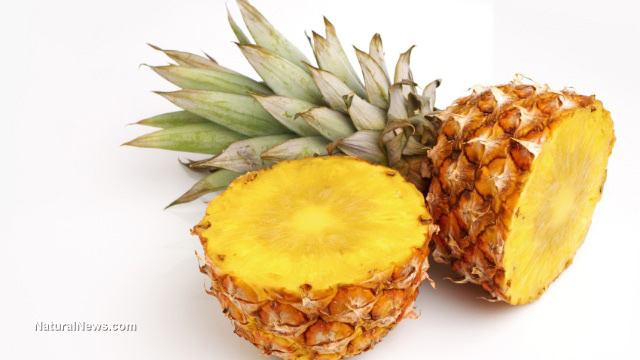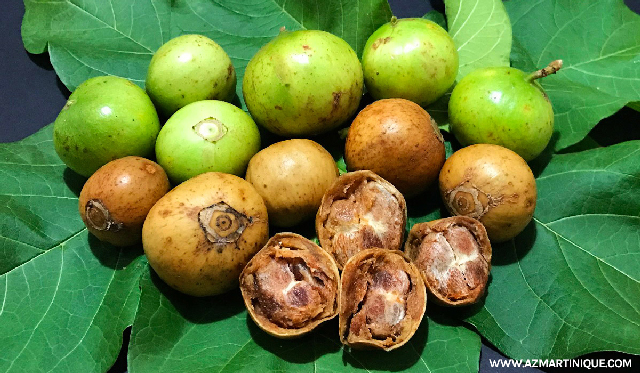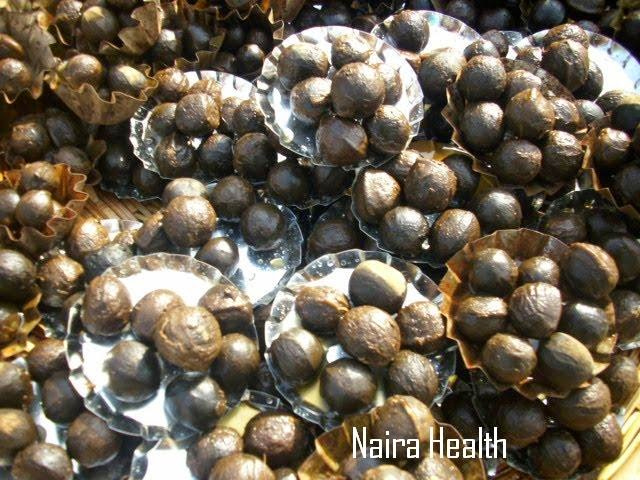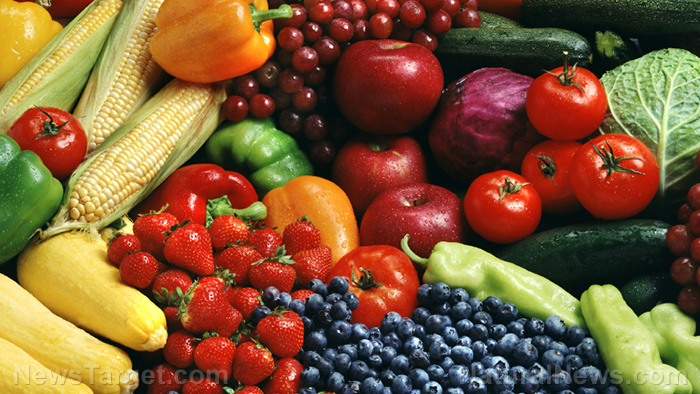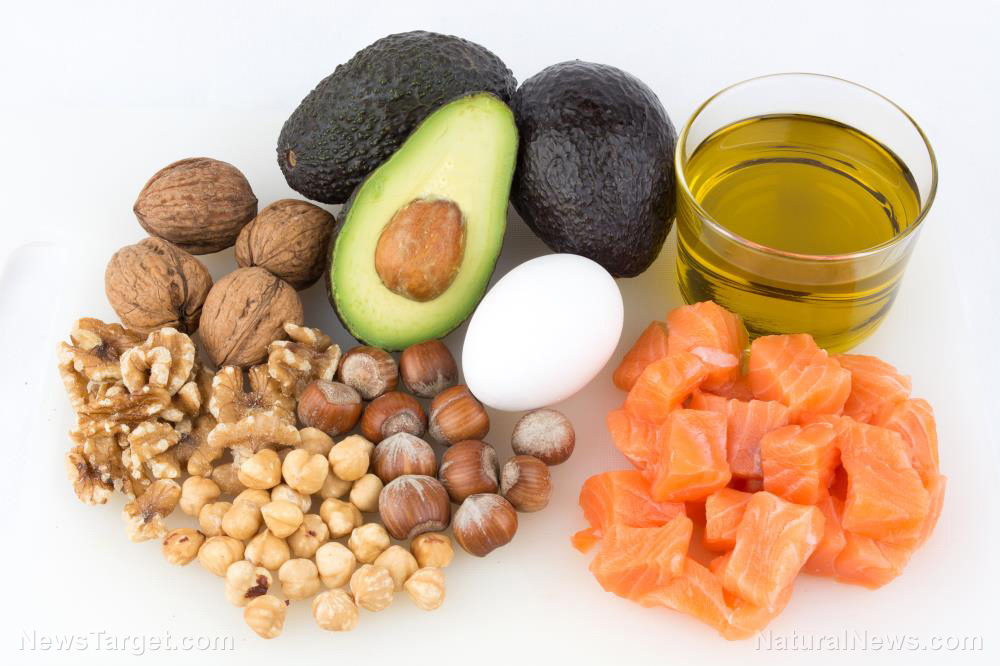Scientists identify a unique unifloral honey from a Moroccan plant used in ancient medicine
11/05/2018 / By RJ Jhonson
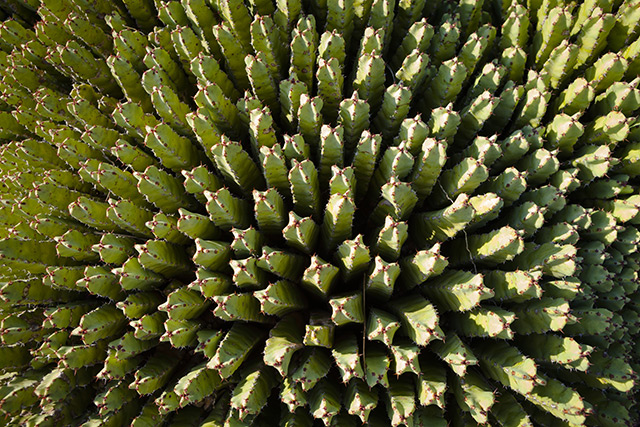
A study published in CyTA – Journal of Food sought to identify and characterize the unique traits of the monoflower honey made from the resin spurge (Euphorbia resinifera), a plant known in Africa for its medicinal properties.
Honey has been called the food of the gods. In Norse mythology, mead, made from fermented honey, was said to have given Odin his strength and wisdom. In Hinduism, honey is one of the ingredients of panchamrit, the drink that gave the gods their immortality.
Today, even science agrees that it is good for the body. Honey contains phenolic compounds and antioxidants that are essential for proper organ function. It has been linked to a healthier heart, skin, and respiration, among others. It also has antimicrobial properties that make it into a great natural preservative, as well as an antiseptic for injuries.
Honey is made from nectar, usually taken from flowers in the area surrounding the beehive. Some types of honey are made from different flowers (polyfloral), while others are made from just a single type of flower (monofloral). Which flower was used affects not just the color, taste, and general quality of the honey, it also has an impact on the honey’s chemical and nutritional makeup.
The monofloral honey made from the resin spurge is considered one of the most valuable types of honey in northern Africa, according to the authors of the study. The commercial and scientific importance of classifying monofloral honey compelled them to identify distinguishing characteristics that separate resin spurge honey from those made from other Euphorbia species, specifically Euphorbia officinarum and Euphorbia regis-jubae.
For their research, the authors studied 29 samples of resin spurge honey. They noted that the majority of the honey samples had low water content and inappropriate fermentation. Water content is influenced by a number of factors, including storage methods and human manipulation. Good honey contains little extraneous water as too much can lead to fermentation, which lowers the quality of the final product.
The researchers stated that electrical conductivity (EC) could be one of the best parameters to use in differentiating resin spurge honey from those made from flowers of the same genus. This was after they noticed that their samples’ average EC was much lower than what was found in honey made from E. officinarum and E. regis-jubae.
However, no differences were observed in the three types of honey in terms of ash content. Ash content is used to determine whether the honey is made from nectar or honeydew. The samples’ ash content was characteristic of nectar honey. (Related: Honey and its many benefits to overall health and wellness.)
Another area where resin spurge honey may be differentiated from related types of honey is sugar profile. The researchers identified glucose and fructose as the dominant saccharides in resin spurge honey, with the fructose being of a higher concentration than the former. They noted that their figures for resin spurge honey’s glucose content were comparable to results gleaned in previous studies, although their fructose values were lower than those obtained in past inquiries.
Besides differentiating physical characteristics, the researchers also examined the mineral content of resin spurge honey. They found an abundance of potassium, as well as the presence of calcium, sodium, magnesium, phosphorus, sulfur, and silicon. These nutrients were found in all honey samples, albeit in varying concentrations.
Learn about the health benefits of honey at Food.news.
Sources include:
Tagged Under:

